Manneken Pis
- Address: 1000 Brussels, Bélgica
- Tags:
 What to see Brussels,
Brussels,
Belgium
What to see Brussels,
Brussels,
Belgium
- Telephone: +32 479 27 29
- Website: www.manneken-pis.be/
A curious statue
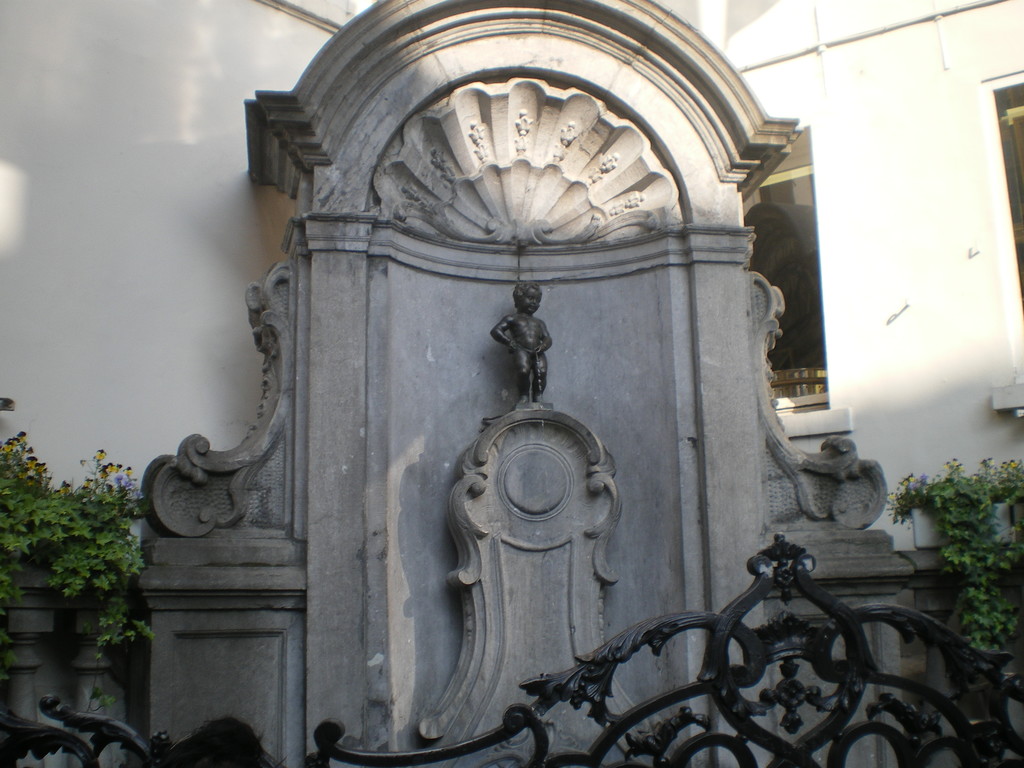
In this article, we'll be leaving the Iberian Peninsula behind to talk about Brussels, and, more precisely, about the Manneken Pis, one of the symbols of the EU capital. I travelled around Belgium a few years ago and visited Brussels, Ghent and Bruges, and what better way to begin telling you about it than focusing on one of its most traditional places?...
I don't think many people know either where this statue is or its name, but it's definitely an easily recognizable symbol. I remember one of the items on Animal Crossing for Ninetendo DS being the Manneken Pis, next to the Statue of Liberty and the statues on Easter Island.
This example just shows how recognizable and how, together with the Atomium and the Grand Place, the Manneken Pis is one of the quintessential symbols of Brussels.
How to get there
It's quite easy to navigate your way to the Mannekin Pis from Brussels city centre. If you arrive on the train, the nearest station is 'Gare de Bruxellas - Central', and next to that a metro station with the similar name 'Gare Central'. The nearest tram stops are 'Bourse' and 'Anneessens'.
The nearest bus stops are 'Plattesteen' (where bus N12 stops) and 'Parlement Bruxellois' (where buses 48, 95, N04, N05, N09, N10, N11 and N12 stop). Visiting the statue is free of charge, although there is a museum nearby exhibiting the different costumes the Manneken has worn (and still wears).
A bit of history...
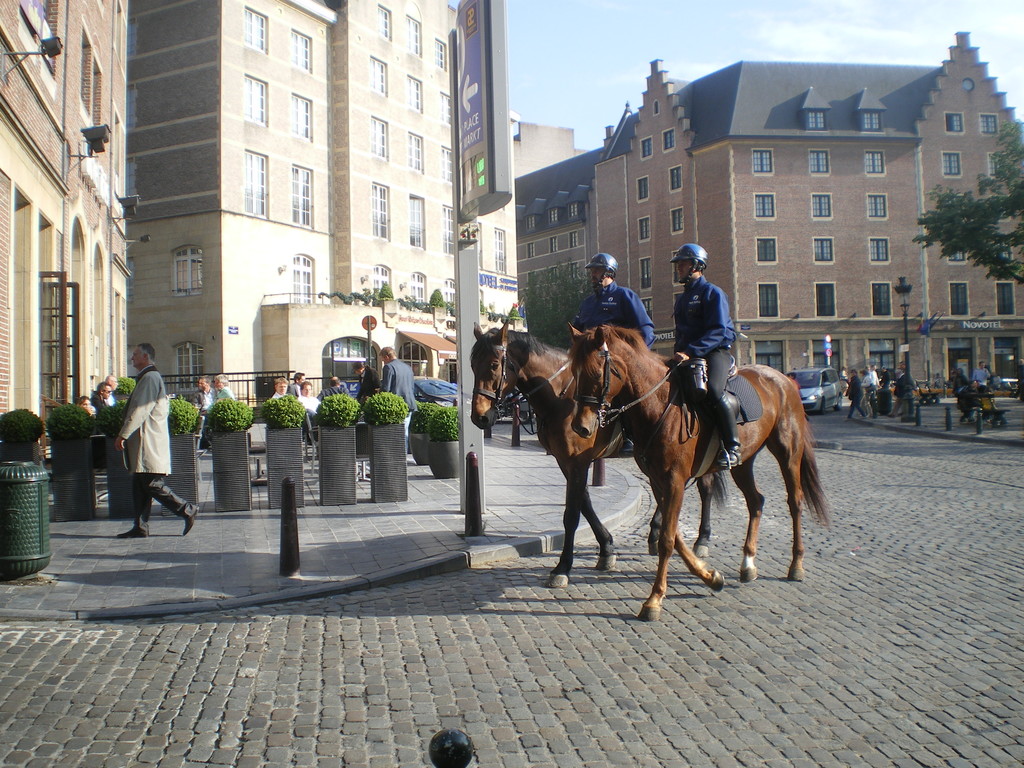
Although evidence exists that a similar statue stood upon this spot from 1388 onwards, the current statue dates from 1619 and was made by the sculptor Jerôme Duquesnoy. The statue's original pose of a small child urinating was intended to reflect ironically on the need for a drinking fountain in this area of Brussels.
There are several legends surrounding the Manneken Pis, and I'll mention here the two I find the most original. One of them tells that the water from the Manneken Pis once put out a fire, and the other that a nobleman who needed to urinate did so in the street and was turned into a statue.
The statue
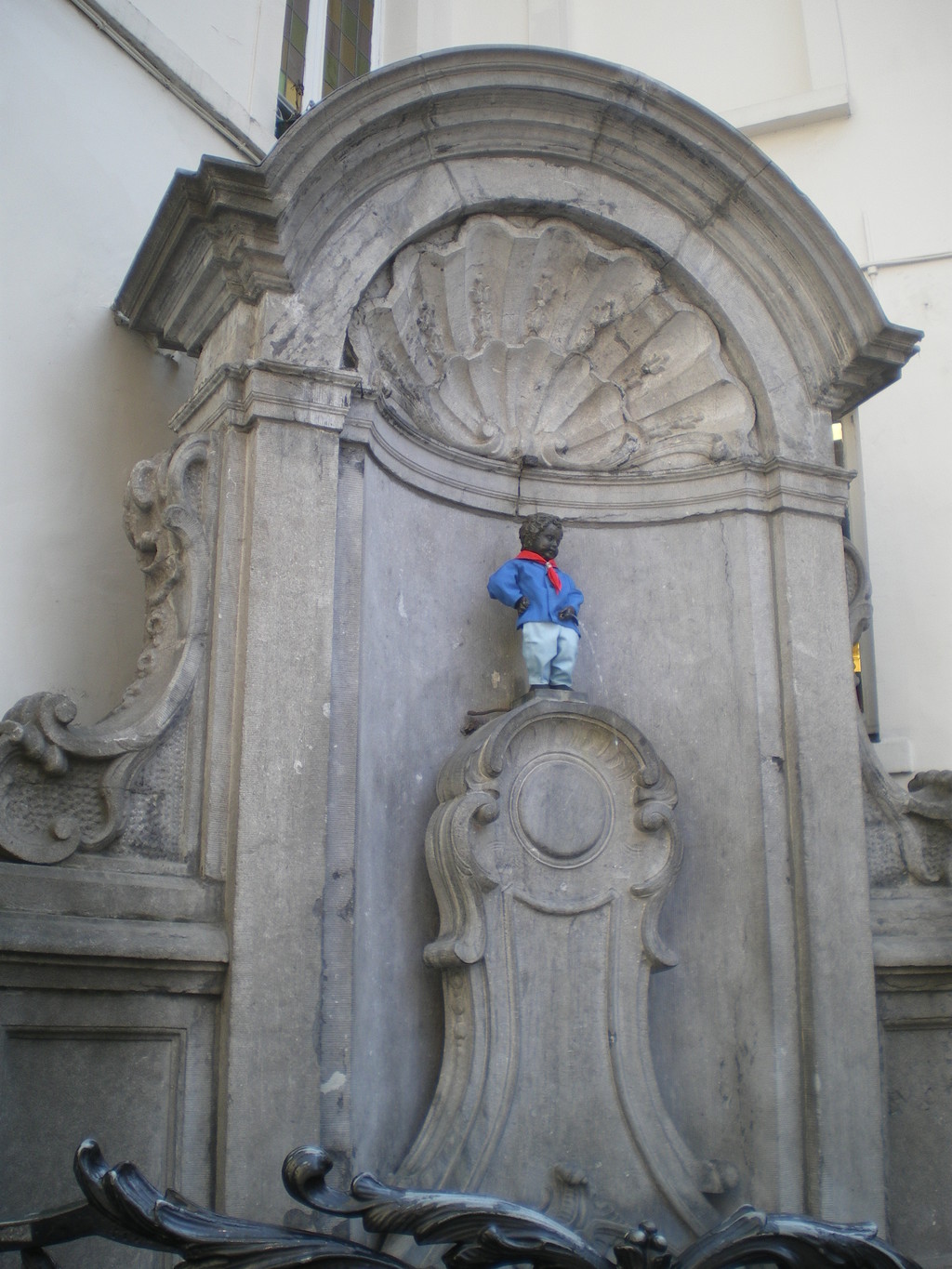
The Manneken Pis definitely disappoints many of its visitors, which I think is usually due to the fact that photos of the statue give you the impression that the station is a lot bigger than it actually is, as they are taken up close. The first photo I took shows, in my opinion, the Manneken Pis as it truly appears, a statue hardly 61cm high.
In terms of the costumes, apparently in 1698 Emperor Maximilian Emmanuel presented the statue with a tunic, and there began the tradition of dressing the Maneken Pis in various different costumes.
As I mentioned before, on Grand Place there is a museum which displays all the Manneken Pis's costumes. It's called 'Musée de la Ville' (the City Museum) and is housed inside the 'Maison du Roi' (the King's House). Here you can see over 800 of the Manneken Pis's costumes.
Worth mentioning too are the numerous replicas of the Manneken Pis which have sprung up all over the work: one stands, for example, in the 'Orlando Fashion Square' shopping centre in Orlando, USA, and one in front of the 'Botafogo de Futebol e Regatas' stadium in Rio de Janeiro, Brazil. There are also replicas in other Belgian cities, such as Kojside and Hasselt.
We also mustn't forget about the Jeanneke Pis and Zinneke Pis, which are also interesting, though not as famous as the Manneken Pis and created more recently. The Jeanneke Pis is a statue of a woman squatting (as women do in order to urinate), decorated with a seashell. It can be found not that far away from the Manneken Pis, in the street 'Impasse de la Fidélité' south of Grand Place. Similar in style to the Manneken Pis, the statue is in an alleyway (which does prevent you somewhat from taking a good photo). Produced by the sculptor Denis-Adrien Deboyvrie who died in 2008, the sculpture was unveiled in 1987.
The most recent sculpture is the Zinneke Pis, lesser know even that the Jeanneke Pis. We already have a boy and a girl, so what's all that's missing? A dog. Made by the sculptor Tom Frantzen, the Zinneke Pis was subsequently installed in 1999. It can be found on the corner of 'Rue des Chartreux' and 'Rue du Vieux-Marché-aux-Grains'. Further away than the other statues, the best way of reaching the Zinneke Pis is via bus no. 86, though numbers 126, 127 and N16 also stop nearby. The metro is slightly farther away, the nearest stops being 'Sainte-Catherine' and 'De Brouckere'. The statue features a dog urinating on a bollard.
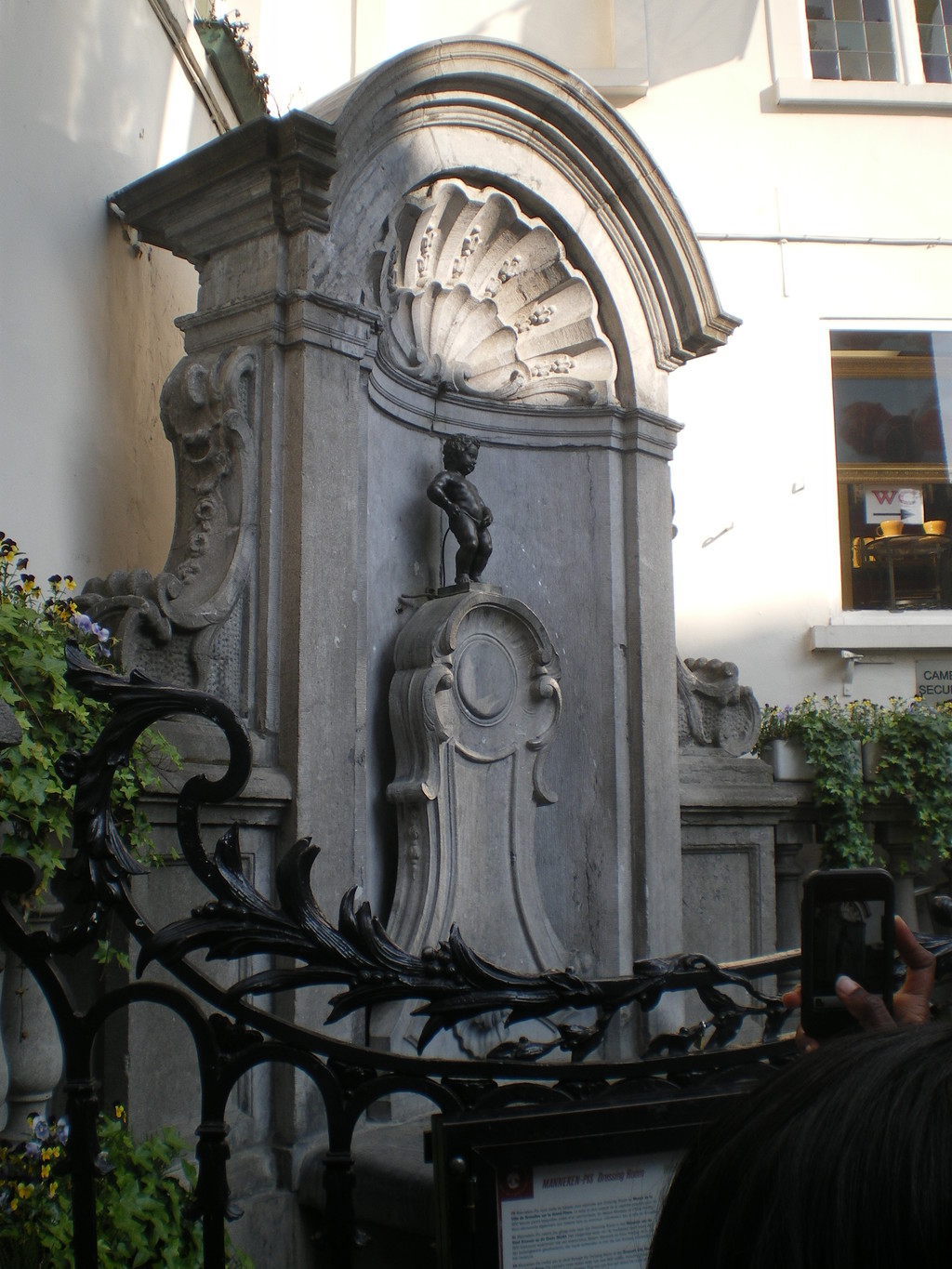
The Manneken Pis is undoubtedly a famous symbol, but I think it's the typical case that the statue is visited by tourists due to this fame and because it can be seen on typical Belgian chocolate or beers, though in reality there are many more beautiful and impressive statues in Brussels.
However, I think the statue is a must-see in Brussels, especially since the Gran Place is so nearby - you really have no excuse not to visit it.
A visit to the Manneken Pis and to the Jeanette Pis can be integrated into any visit to Brussels city centre, though I would only recommend taking the time to get to the Zinneke Pis if you're spending a longer amount of time in Brussels or are doing your Erasmus there.
Photo gallery
Content available in other languages
- Español: Una estatua curiosa
- Français: Une drôle de statue
- Polski: Dziwny posąg
- Italiano: Una statua curiosa
Manneken Pis "The child who pisses"
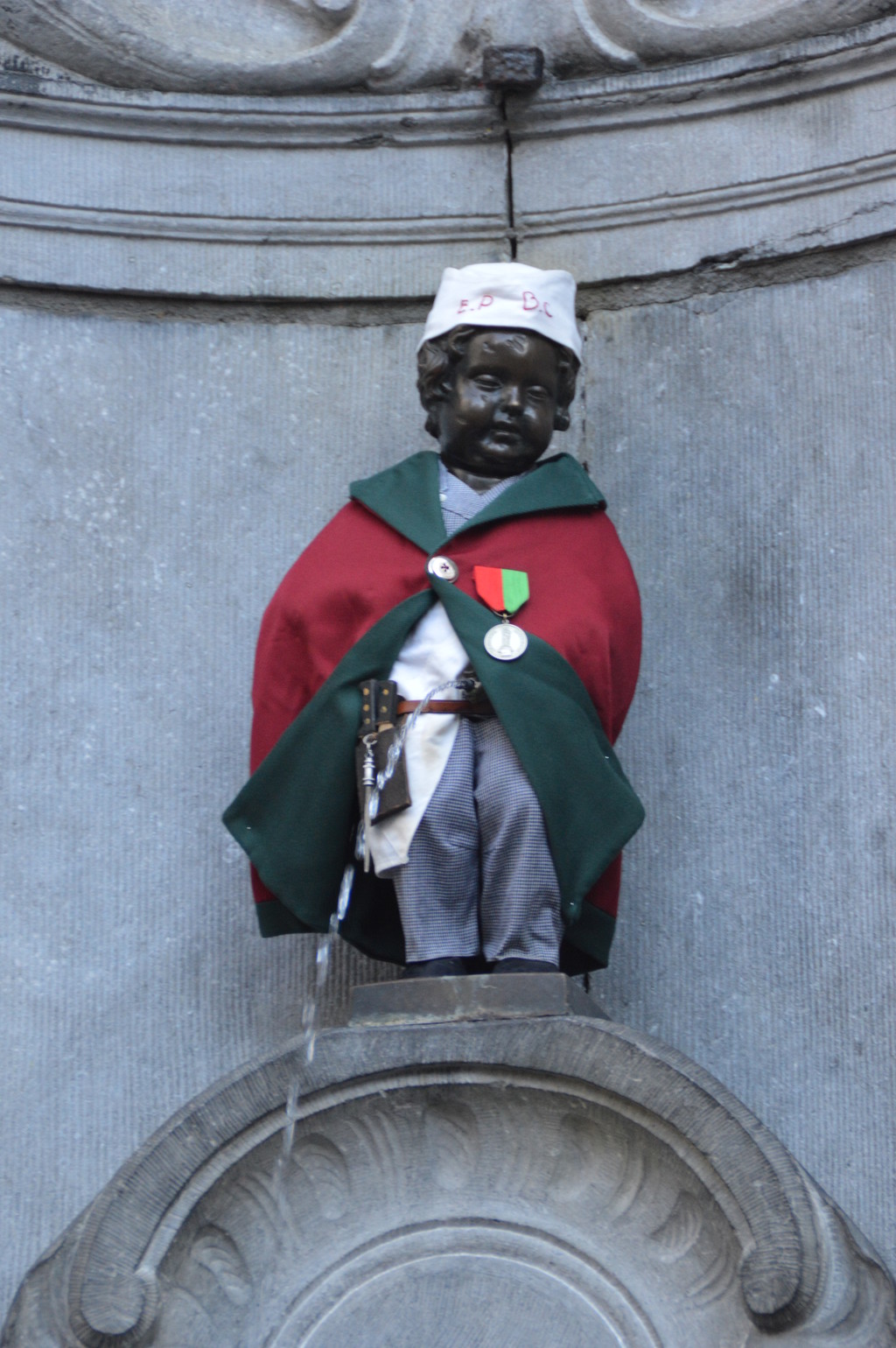
The Manneken Pis is known worldwide as one of the symbols of the city of Brussels in addition to the Atomium, a fact that I personally find insulting with such a work of art that is the Atomium compared to such a disappointing statuette, but hey, as the saying goes, everyone to his own taste.
In 2012 it was chosen as "the most disappointing tourist attraction in Europe" by more than 1300 Internet users. The two most influential factors that have led netizens to vote so negatively is the small size of the statue and the crowds that are always tourists in such a small space which makes it easier for pickpockets to steal, so they also call it as "the biggest tourist trap".
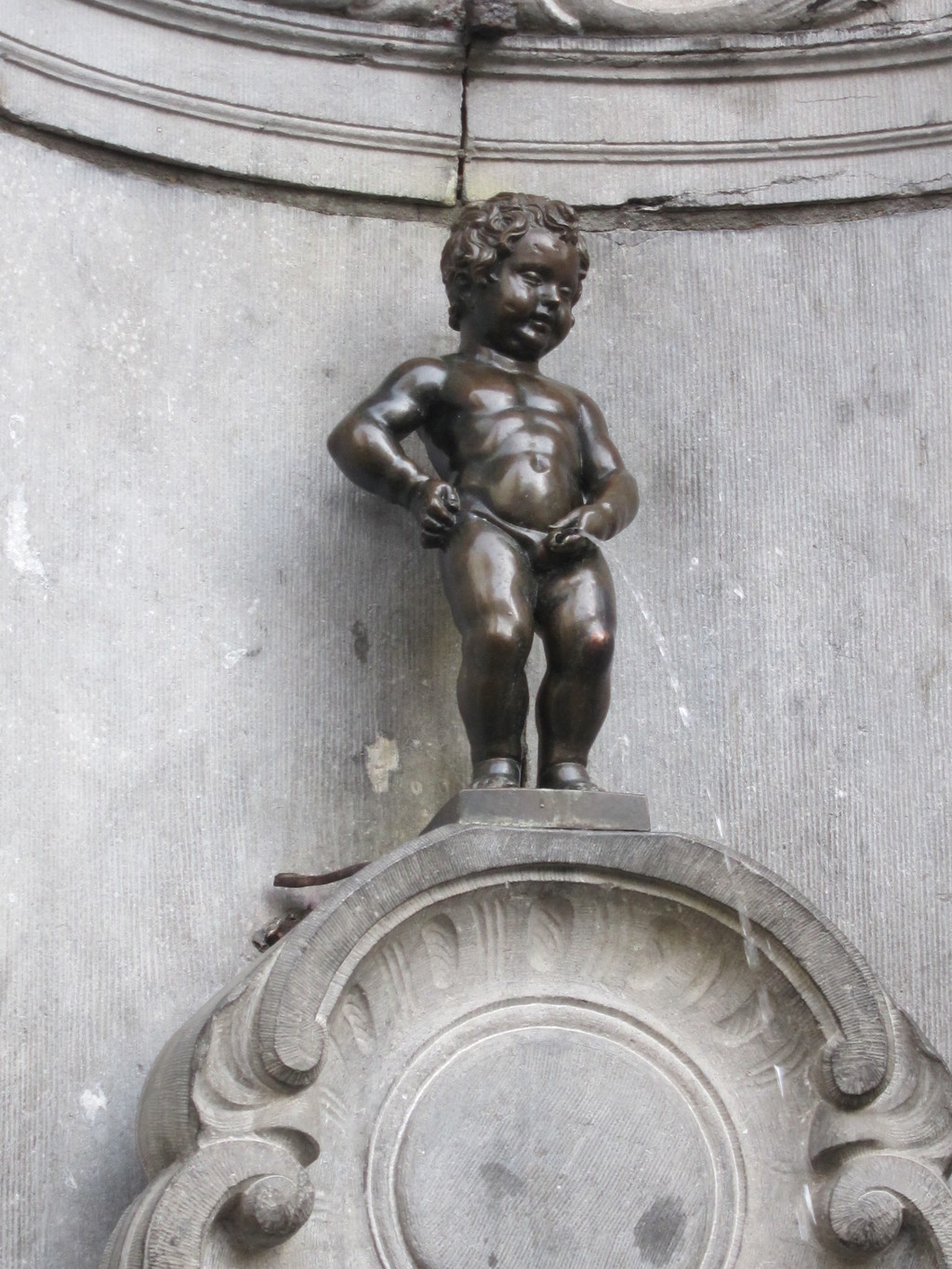
The child, who is almost naked every day, is adorned with one of the more than 900 costumes that are on display in the Brussels City Museum located in the King's House, on the Grand Place in the days that there are great events like Christmas, Saint Nicholas, Halloween, Carnival, the day of the comic or for the commemoration of the independence of Belgium. Even this year we could see him disguised with the Asturian costume on the day of the Principality of Asturias. This tradition is maintained since the year 1698 Emperor Maximilian Emmanuel gave the first tunic to dress him.
The Manneken Pis was initially a fountain that played an essential role in the ancient distribution of drinking water since the fifteenth century for all of Belgium.
Towards the end of the seventeenth century, the statue became increasingly important in the life of the city. He was also a survivor of the bombing of Brussels in 1695. During the eighteenth century, the character was dressed at least four times a year, figure that as we have seen has been increasing and taking as an excuse any party to disguise.
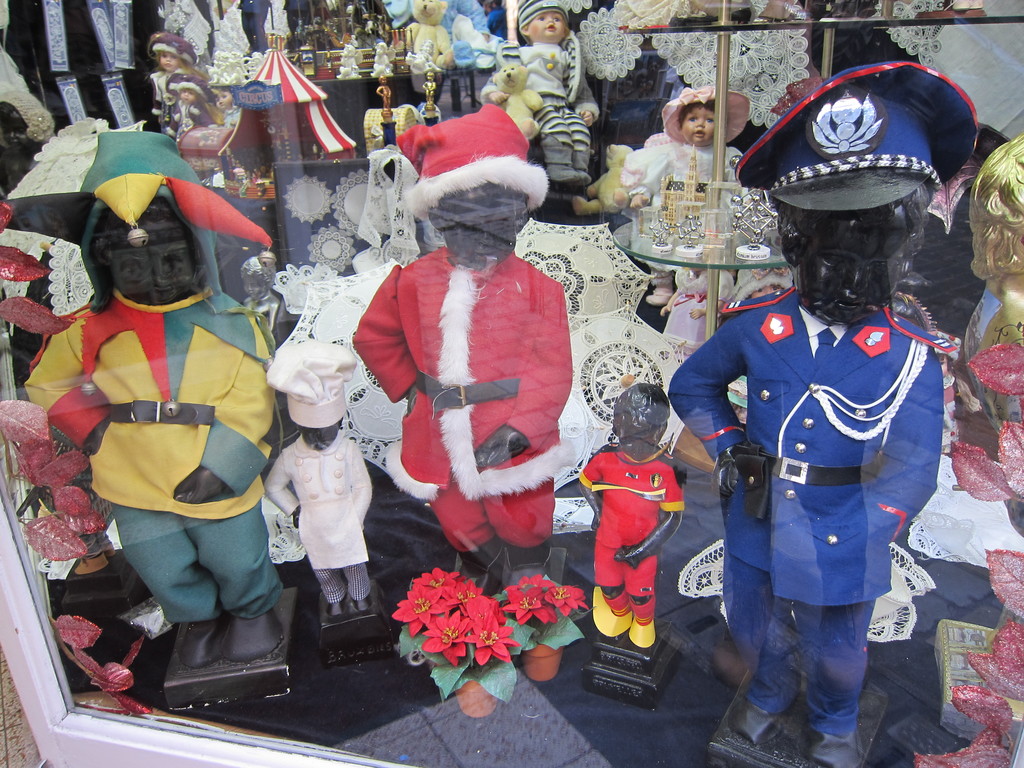
Since losing its main function in the city's water network in the 19th century, the Manneken Pis gradually became an image and symbol of Brussels' folklore, the joy of the inhabitants and their capacity for self-deception.
The boy meon is in a standing position, urinating and with a face of mockery, joy and / or satisfaction. It is a 61-centimeter bronze statue made in the 17th century by Jeremy Duquensnoy in exchange for 30 ducats. In 1745 he suffered his first robbery at the hands of the English, and in 1747 it was the French who committed the theft.
The original sculpture of the Renaissance era is protected in the town hall since 1965 so as not to expose it to more robberies or damages due to the weather. In 1963 it was stolen again by a group of thugs from Antwerp and disappeared for two years until in 1965 it was found on the Brussels canal. That is why the city of Brussels took such strict measures. The current Manneken Pis that we found at the corner of Rue L'Etuve with Rue du Chêne is a replica of the original.
Absolutely all the souvenirs related to Brussels, and I would dare to say that with the country as a whole, they have as emblem the figure of the child. From magnets, key chains, mugs, postcards, aprons... and figures of him in every imaginable size and dressed in the most extravagant costumes.
Photo gallery
Content available in other languages
- Español: Manneken Pis "el niño que mea"
- Français: Manneken-Pis : le petit homme qui pisse
- Italiano: Manneken Pis, "il bambino che fa pipì"
Rate and comment about this place!
Do you know Manneken Pis? Share your opinion about this place.























